Decentralized, Democratized, and Decarbonized Future Electric Power Distribution Grids: A Survey on the Paradigm Shift From the Conventional Power System to Micro Grid Structures

A BIM-Based Coordination Support System for Emergency Response
Yanxiao Feng, et. al
Department of Architectural Engineering, The Pennsylvania State University
Abstract: In fire emergencies, timely communication with on-site coordinators and accurate localization of first responders facilitates effective task assignment and resource allocation in harsh, low-visibility environments. Building information modeling (BIM) is widely accepted in the architecture, engineering, and construction industries as a central repository of building information. It could provide both the geometric building data and semantic information; however, the convenient linkage and integration with indoor location technologies for emergency purposes have not been addressed according to the authors’ knowledge.
A stand-alone BIM-based indoor location (BIMIL) framework and portal were designed and tested to enable the automatic extraction, transformation, and visualization of BIM-related data for public safety purposes in this study. Based on current information technology, this research reduces the gap in cross-application by supporting indoor location to overcome the primary shortcoming of existing indoor building models. Eliminating the need for specific software and skill in data processing, this portal will support on-site coordinators’ importation of BIM files, allowing them to convert those files into processed and visualized indoor information containing key yet simplified geometric building data and essential emergency-related information such as fire rating hours, egresses, and hazardous materials. Additionally, the indoor location data can be integrated into a generalized 3D building model to support decision-making activities and management tasks in the field.
Related:
Emergency Egress Standards@NIST @NFPA @IntlCodeCouncil@IEEECampus
print(“ΠΡΟΜΗΘΈΑΣ”)https://t.co/M6L2BeNt69 pic.twitter.com/eHQjJ8AM1p— Standards Michigan (@StandardsMich) January 18, 2023
Procedures of calculating occupancy loads for purposes of Egresshttps://t.co/EsS2lBUHQfhttps://t.co/wDcfuOHEvn pic.twitter.com/7aqbLTB9V8
— Standards Michigan (@StandardsMich) September 2, 2020
The Illumination Engineering Society is one of the first names in standards-setting organizations with a catalog routinely referenced in design guidelines and construction projects. Because of the money flow into illumination technologies worldwide the IES occupies a domain that is relatively crowded:
There are others. With illumination power requirement on a downward trajectory where footcandles can be driven at information & communication technology voltage and current levels; we find relatively new entrants into the market with deep pockets and for good reason. In a typical building, the interior lighting load is the major electrical load (on the order of 40 percent) and a major contributor to the functionality of the building. There are a number of other trade associations that are participants in research and open source standards for faster moving parts of the illumination science. We will cover these in future, related posts.
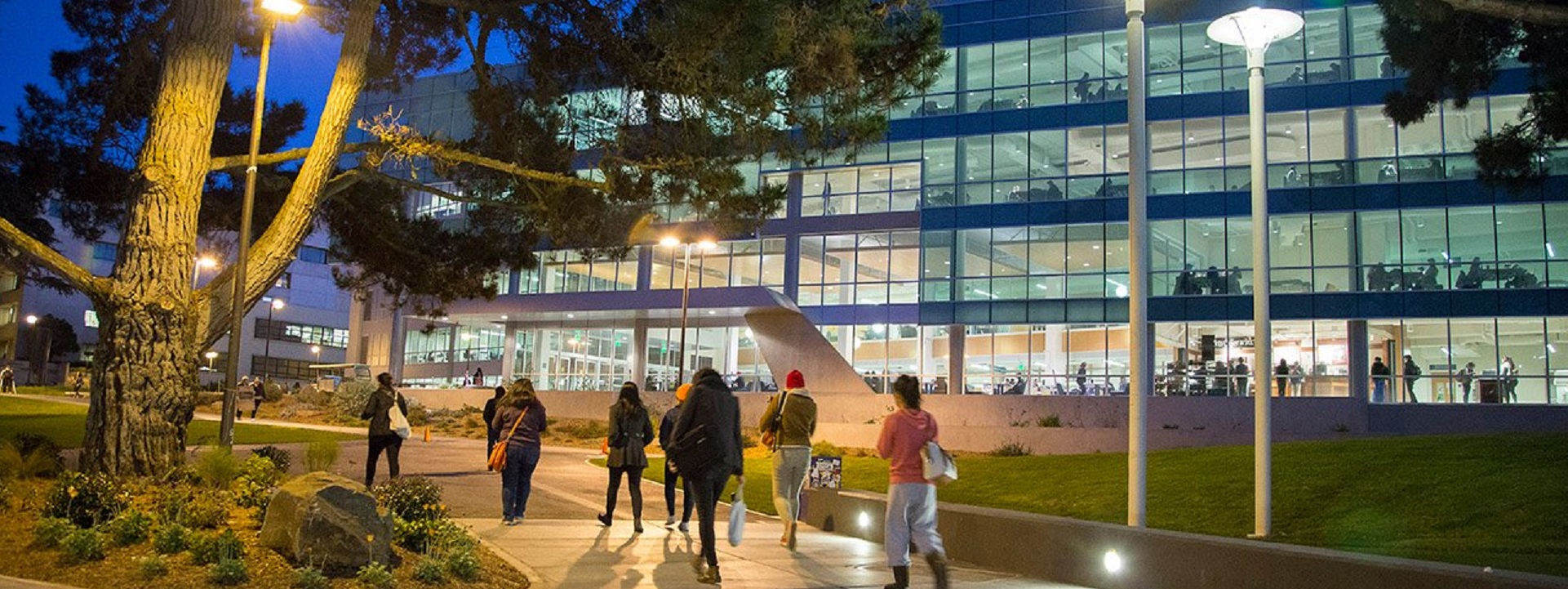

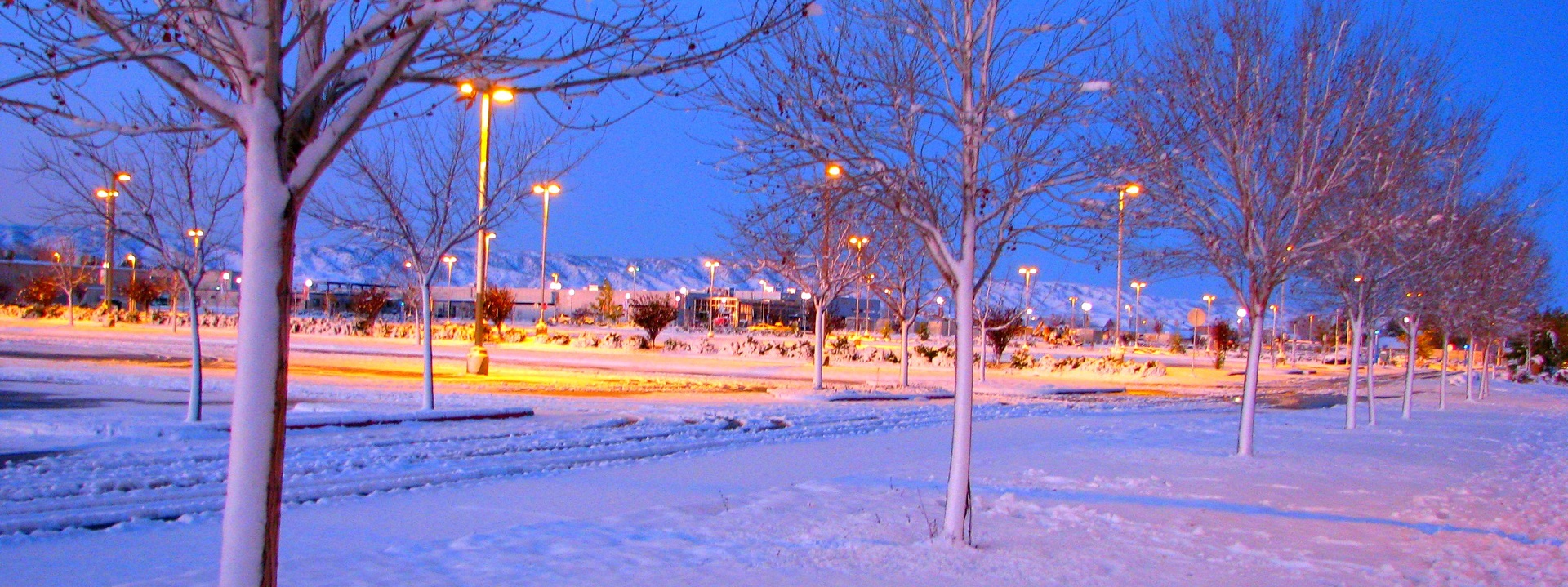

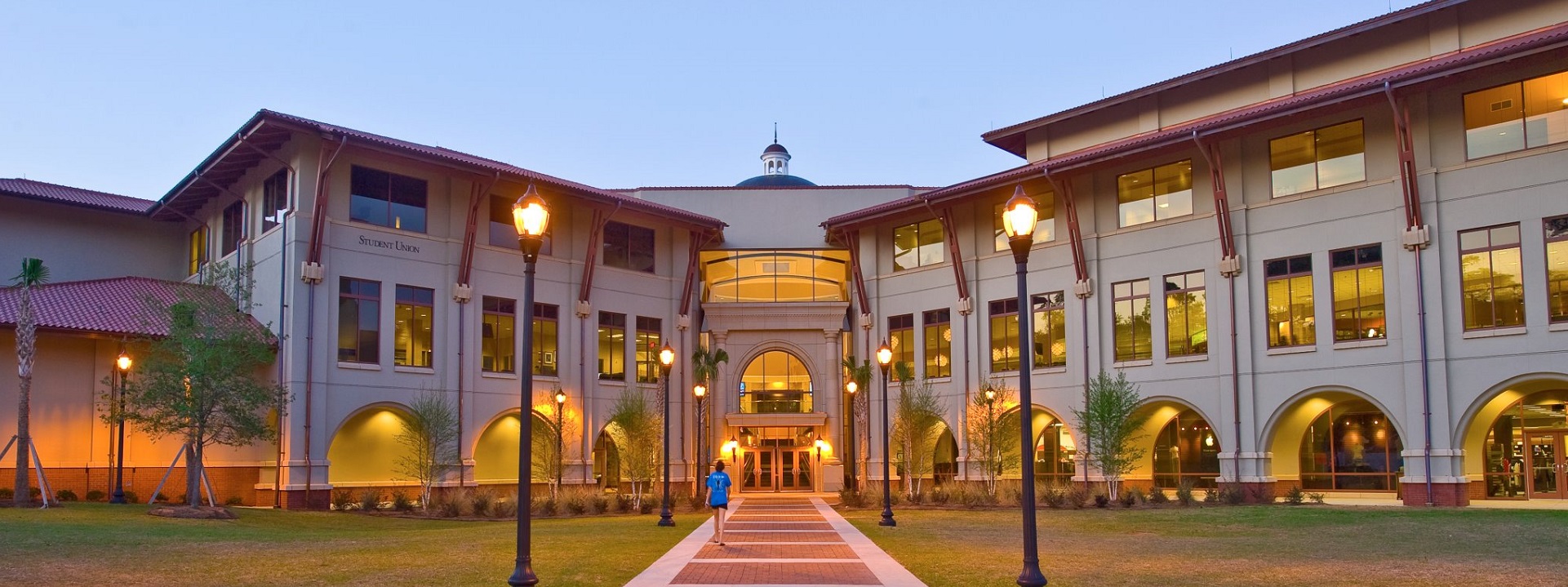
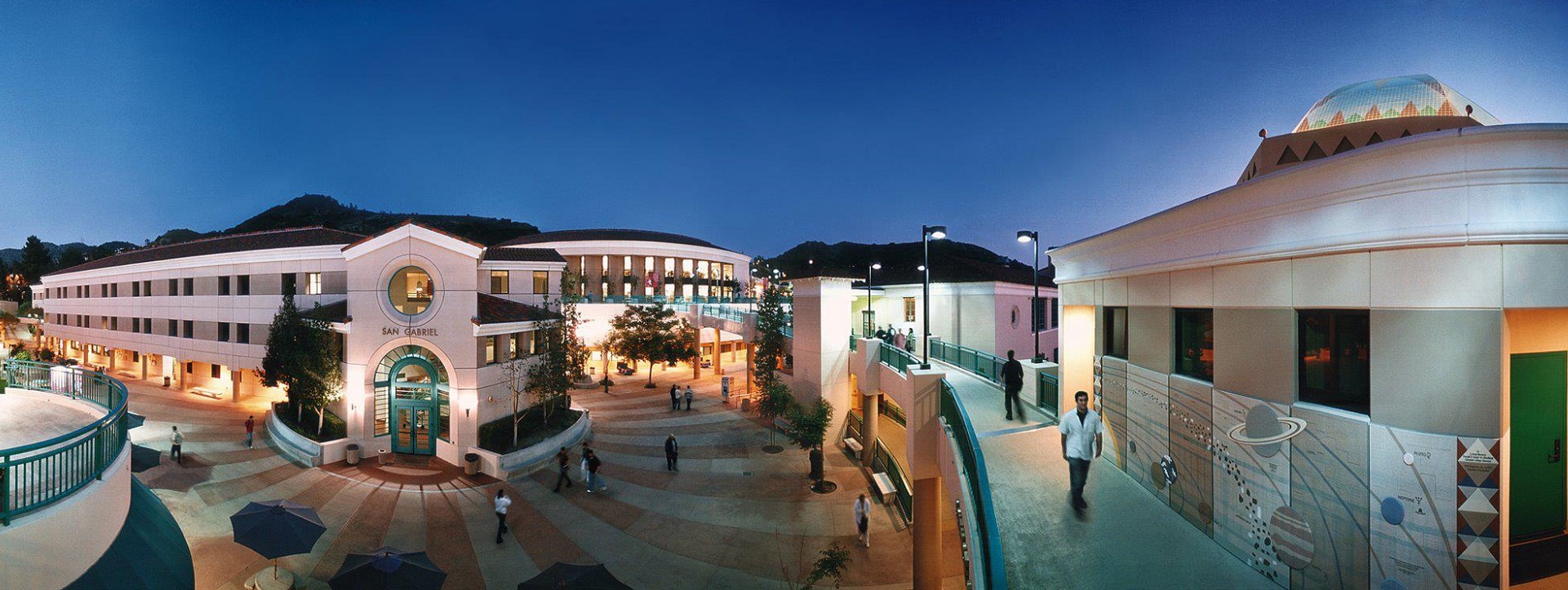
Last year a new standardization project was launched by the IES. From the project prospectus:
IES LP-2-201x, Designing Quality Lighting for People in Outdoor Environments (new standard)
Project Need: This document is not intended to supersede existing IES application RPs, rather it will link the various documents together, augmenting them in subject areas not otherwise covered, including but not limited to sidewalks, bikepaths, pedestrian paths, parks, outdoor malls, pedestrian-only business districts, plazas, amphitheaters, large outdoor gathering areas, campuses, pedestrian bridges, and pedestrian underpasses.
Stakeholders: Lighting practitioners, electrical engineers, civic planners, civil engineers, architects, community-based planning groups, general public. Lighting recommendations for non-vehicular pedestrian applications using recommendations beyond illuminance only, which ultimately fails to provide a complete guideline for the visual experience of pedestrian-based tasks. The RP will be a comprehensive approach for light levels, glare, adaptation, spectrum, and contrast while addressing safety, timing, and perceived security. Application of these recommendations will ultimately enhance the pedestrian’s visual experience while also respecting the environment.
Soon to be released, a related product covering technical specifics of a familiar battleground — lighting controls:
IES LP-12 Lighting Practice: IoT Connected Lighting
The consultation closed May 24th and the agenda of the committee writing this standard is being administered. Very often technical committees are receptive to new ideas after a comment deadline if those ideas are submitted to a committee member directly. We invite anyone with an interest in this topic to click in to any of our daily colloquia to begin that process.
Not far into the future: individually controlled luminaires responsive to the use of campus pathways. There are already some pilot projects on higher education campuses.
A few other technical committees relevant to educational communities should be identified, though we will sort through the standards setting activity in separate posts:
Edu-Lib-Ofc Lighting Committee
Outdoor Environmental Lighting Committee
Outdoor Public Spaces Committee
Roadway Lighting Committee (Many large research universities own miles of roads)
We always encourage direct participation by space planners, workpoint experts and academic unit facility managers in IES standards development process. Contact: Patricia McGillicuddy, (917) 913-0027, pmcgillicuddy@ies.org. 120 Wall Street, Floor 17, New York, NY.
We coordinate most of our electrotechnology standards advocacy with the IEEE Education & Healthcare Facilities Committee which meets 4 times monthly in European and American time zones. Its meeting agendas and login credentials are available on its website. Since illumination technologies are present in all spaces in education communities, IES consensus products will appear on the standing agenda of most disciplines. See our CALENDAR.
Issue: [19-50]
Category: Electrical, Space Planning
Colleagues: Mike Anthony, Jim Harvey, Kane Howard, Glenn Keates, George Reiher
*We find that when the SSO has heavy manufacturer support, its standards development facility lies in the upper-quality tier.
This content is accessible to paid subscribers. To view it please enter your password below or send mike@standardsmichigan.com a request for subscription details.
This content is accessible to paid subscribers. To view it please enter your password below or send mike@standardsmichigan.com a request for subscription details.
The Institution of Engineering and Technology is leading an inquiry into how the rapidly increasing reliance on digital technology, accelerated by the pandemic, may have a long-term impact on our social and economic wellbeing. A detailed prospectus is linked below
Living online: the long-term impact on wellbeing
The consultation closed on January 20th but, as we do with many IET titles, we maintain the project on the standing agenda of our Infotech colloquia and our 4 times monthly collaboration with the IEEE Education & Healthcare Facilities Committee; all online gatherings open to everyone. You may communicate directly with Duncan Kenyon (duncankenyon@theiet.org) for additional information.
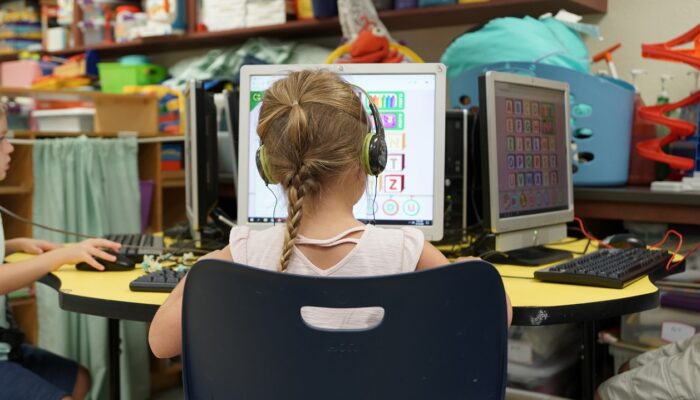
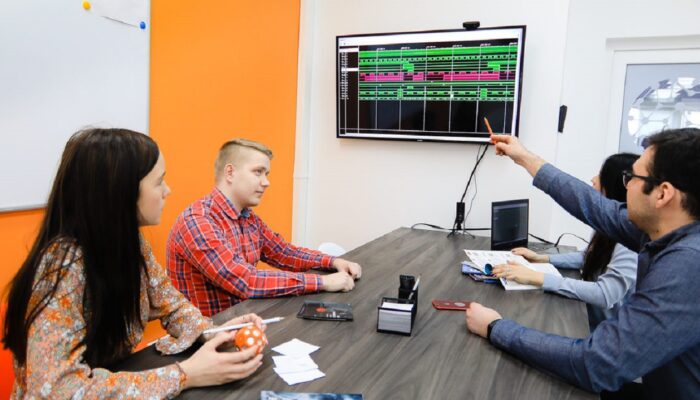
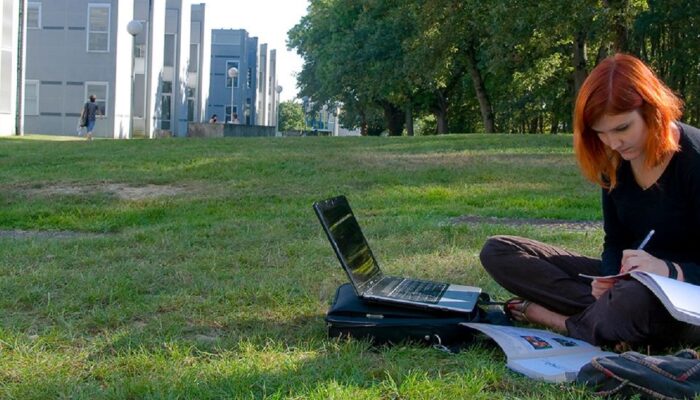

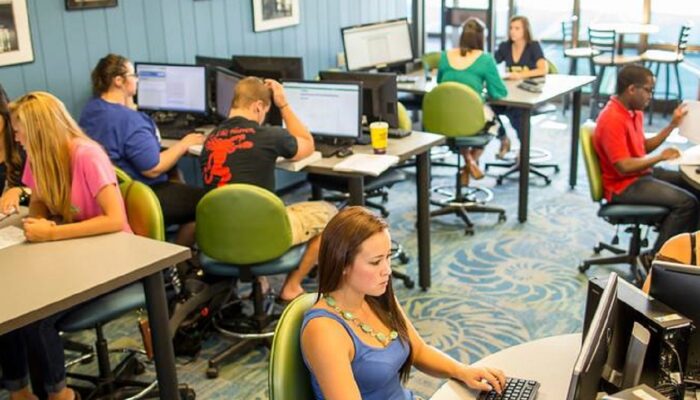
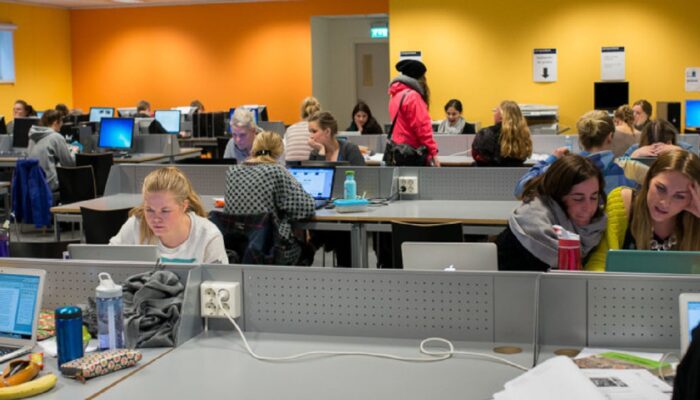
Issue: [20-288]
Category: Infotech, Telecommunications
Colleagues: Mike Anthony, Jim Harvey, Mike Hiler, David Law
Electrical power engineers know that it is unwise to imagine a totally electric mobility system in the mind’s eye of vertical incumbents, policy makers and trendsniffers. That does not mean that, as licensed professionals, we cannot positively respond to the demand for more electric mobility on campuses and within school districts.
Today we run through current codes, standards and guides to make that power supply chain safe and sustainable. Use the login credentials at the upper right of our home page.
In addition to the “NEC canonicals” — listing, coupler heights, disconnect, grounding, voltage, ampacity and overcurrent protection that would likely be applied in a fleet enclosure, more specific passages are relevant when the charging stations are widely dispersed in exterior locations:
Article 225 Outside branch circuits and feeders
Article 625 Electric Vehicle Power Transfer System
We will deal with cable management, IEC 61851 titles, Level 1 & 2 equipment, load management, placement of charging stations at motor fuel dispensing installations and wireless charging systems in a separate session.
NECA 413 Standard For Installing And Maintaining Electric Vehicle Supply Equipment
National Electric Vehicle Infrastructure Standards and Requirements
Much like designing and building campus outdoor lighting systems, there are more site-related issues to be reckoned with. For example:
Addressing these space usage problems will require a combination of policy interventions, technological innovations, and public awareness campaigns to promote the benefits and potential of EVs while minimizing their environmental impact and spatial footprint.
Drivers and Barriers to Implementation of Connected, Automated, Shared, and Electric Vehicles
Localized fire ignition hazard in branch circuits, cords and connected equipment
Abstract. In electrical power systems, the fire ignition can be originated by incident energy of faults. Faults involve overheating, arcing and burning for all the wiring exposed to mechanical damage and other insulation stresses especially wiring connected by flexible cords and cables. The mechanical damage of the stranded bare conductors can degrade the effective sizing of the total cross section, causing anomalous conditions of local overcurrent. To highlight the local incident energy in case of fault, the parameters steady current and transient current densities can assist in analyzing the event. The conductors size reduction, degrading locally the thermal withstand capability, makes ineffective the protection coordination amplifying the anomalous effect of current no detectable adequately by overcurrent protective devices. The faulted cords remain so energized and present electric shock and fire hazards. Generally and especially in strategic buildings as hospitals, preventing ignition is better than promptly extinguishing. An efficient protection can be achieved by integration of active and passive techniques : by adoption of the special device Arc-fault Circuit Interrupter (AFCI) that recognize the arcing; by wiring the circuits, particularly extension cords, with Ground-Fault-Forced Cables, GFFCs, that convert faults into ground faults easily protected by ground fault protective devices (GFPDs).
Optimization of Transmission Line Right-of-Way
Ajaykumar Patel, et. al
School of Engineering & Technology, Central Queensland University, Melbourne, Australia
Abstract: A specific land is required to design the transmission line to construct effectively and maintain properly is called right of way of transmission line. It is calculated by considering mainly three electrical quantity related transmission line such as electric field, magnetic field and radio interference. Corona effect is considered for the evolution of right of way. By considering these parameters, it provide idea related to effect surrounding the area nearby transmission line.
The determination of transmission line right of way for public electric utilities typically involves a combination of legal considerations, regulatory requirements, environmental assessments, and public engagement:
Planning and Route Selection: Public electric utilities assess their power transmission needs based on factors such as population growth, energy demand, and infrastructure upgrades. They consider various potential routes and alternatives, taking into account factors like terrain, existing infrastructure, land use, and environmental sensitivities.
Environmental and Impact Assessments: Utilities conduct environmental and impact assessments to evaluate the potential effects of the proposed transmission line routes. These assessments examine factors such as wildlife habitats, endangered species, wetlands, water bodies, cultural or historical sites, and scenic landscapes. The purpose is to identify potential impacts and propose mitigation measures.
Regulatory and Permitting Process: Public utilities must comply with applicable laws and regulations governing transmission line development. This includes obtaining necessary permits and approvals from relevant regulatory agencies at the federal, state, and local levels. The requirements vary depending on the jurisdiction, but they often involve environmental agencies, land management agencies, and public utility commissions.
Public Engagement and Consultation: Utilities engage in public consultation and outreach to gather feedback from affected communities, landowners, and stakeholders. They conduct public hearings, open houses, and meetings to inform the public about the project, address concerns, and consider alternative routes suggested by the community. This engagement helps ensure transparency and public input in the decision-making process.
Negotiations and Eminent Domain: Utilities negotiate with landowners along the proposed transmission line route to acquire the necessary right of way. In some cases, if an agreement cannot be reached, utilities may exercise eminent domain, which is a legal process that allows them to acquire the land for public use while providing just compensation to the affected landowner.
Legal Framework: The legal framework for determining transmission line right of way varies by jurisdiction. Laws related to land use, zoning, environmental protection, and eminent domain play a role in defining the process and requirements for securing right of way.
Procedures vary depending on the country, state, or region where the transmission line is being developed. Local regulations, environmental conditions, and public engagement practices will influence the overall process.
Related:
Optimization of Transmission Line Right-of-Way
Diminishing the Right of Way (RoW) With Multi Voltage Multi Terminal Transmission Tower
Information System for the Vegetation Control of Transmission Lines Right-of-way
Partially underground transmission circuits: safety issue for current and future power systems
IEEE Guide to the Installation of Overhead Transmission Line Conductors, IEEE Std. 524, 1992
Pacific Gas & Electric: Overhead Transmission Line Design Criteria
New update alert! The 2022 update to the Trademark Assignment Dataset is now available online. Find 1.29 million trademark assignments, involving 2.28 million unique trademark properties issued by the USPTO between March 1952 and January 2023: https://t.co/njrDAbSpwB pic.twitter.com/GkAXrHoQ9T
— USPTO (@uspto) July 13, 2023
Standards Michigan Group, LLC
2723 South State Street | Suite 150
Ann Arbor, MI 48104 USA
888-746-3670
